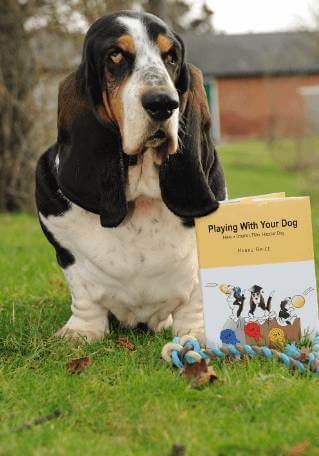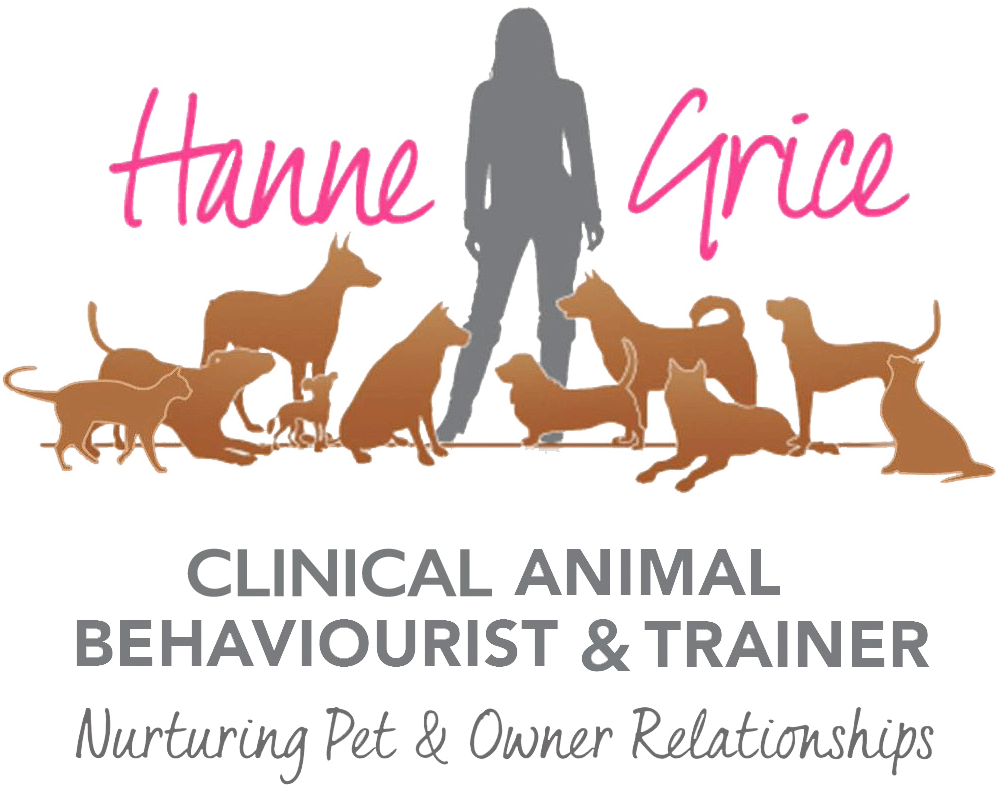There are many factors that can dictate a dog’s behaviour from stress and trauma, hormones and genetics, lack of exposure to that particular stimulus, to environmental factors like how hungry, thirsty, hot, cold or tired Fido is, as well as the dog’s state of health and what the stimulus (e.g. a person) is doing at that very moment that’s causing the behaviour.
NOTE: Aggression is a huge subject and a complex behaviour, so the following is a simplistic overview.
Firstly, as trainers and behaviourists, it’s important we avoid generalisation or rather labelling dogs – often a client will refer to their pet as “being aggressive” when meeting another, however this doesn’t tell us anything about the dog’s behaviour. Instead, we should observe the behaviours the dog exhibits in a given context and note these. For example, does Fido stiffen up, go still, bark, growl, show teeth, snap, or lunge and/or bite when he sees another dog? (For simplicity in this article, I refer to ‘aggression’ in the broadest sense, meaning typical reactive behaviours).
Aggression is a normal part of the way all animals behave.
Often owners may only consider aggressive behaviour in a dog to be a problem when it reaches the extremes of biting. Aggressive behaviour can be hereditary – where there are inherited tendencies that might, if not controlled, make this type of behaviour more likely. It can also be caused by poor health, chemical imbalance in the body or can be the result of the dog’s environment. However, illness can cause grumpiness and intolerance which may lead to aggressive behaviour. That’s why it is important to always get a full vet check first to rule out any underlying medical issues before embarking on any behaviour change programme.
Dog bites can often occur as a result of a misunderstanding or mismanagement – where the dog has been given no choice but to escalate his behaviour. For example, when a puppy nips at the owner’s hand during play or when the puppy/dog is playing retrieve and accidentally bites the hand when he tries to get the stick, this was accidental. Most owners can recognise when a bite occurred due to a misunderstanding. Mismanagement would be when children are playing with the family dog and he has had enough and retreats under the kitchen table, yet the child crawls after the dog and tries to bring him out; the dog may snap at the child’s face or hand and may make contact. Was there any clear warning from the dog before it escalated? Yes. The very fact the dog retreated away from the children and took shelter under the table should have been the signal to the children that the dog had had enough.
Therefore, you should never tell your dog off for displaying aggressive behaviours. As dog expert David Ryan so neatly puts it:
“Telling a dog off will be seen as a punishment, as will smacking, ‘scruffing’ them by the neck or pinning them down. All of these will be seen by the dog as very threatening. Aggression is a dog’s response to what they think is a threat. When your dog is already in an aggressive frame of mind, telling your dog off or otherwise punishing it will make it feel even more threatened and will bring it directly into conflict with you.”
Aggression is usually a defence reflex, initially exhibited as a threat or warning, ultimately exhibited in a real form when there is no other option left. In other words, it can usually be avoided if you understand the cause, can read the signs and know how to desensitise the dog’s lack of trust towards the situation that resulted in the aggressive confrontation.
Aggressive behaviours can originate out of fear but can lead to frustration (for example, being on the lead and not able to get to the other dog) and, in some cases, dogs can find the behaviour fun /rewarding.
Different coping mechanisms
Dogs exhibit a number of defence reflexes in times of danger or possible confrontation which can be categorised as; active defence reflexes (ADR), passive defence reflexes (PDR) and freeze reflex (FR). What this means is that when a dog feels threatened they may bite or run away, try to initiate play, fidget about, such as sniffing the ground, to distract attention away from them or give self-comfort (such as scratching or licking themselves) or enter an almost catatonic state of immobility (freezing). Active defence reflexes are probably the most common reason for the popular diagnosis or label of an ‘aggressive dog’. When dogs that are prone to ADR, feel threatened, they defend themselves in the only way they know how – they growl, snarl and eventually will bite, if we don’t read the signals are dog is giving us.
Aggression is perhaps one of the biggest causes for dog bites. But remember, aggression;
- is not motivated by spite or revenge
- is motivated by a variety of situations and conflicts
- occurs when the threshold is very low, when the aggressive behaviour is excessive or it’s displayed inappropriately. This is when it is considered to be a behaviour problem; this means the situation the dog is in and the stimuli that are presented to the dog strongly influence aggressive responses.
Hormonal imbalances may be a factor for aggressiveness as well as a lack of early socialisation and/or previous experience. How the stimulus causing the aggressive response and owner respond might further reinforce or aggravate the situation. For example, if the dog escalates his behaviour into an aggressive response and the stimulus is withdrawn, this negatively reinforces that aggressive behaviour. By contrast, if the stimulus retaliates or becomes worse then the aggressive reaction and therefore behaviour may be further conditioned.
Dogs will typically not initiate an aggressive response unless provoked. Our dog’s ancestors, the wolves are very social creatures which will resort to an aggressive confrontation only as a last resort. So the whole idea of wolf pack theory – that us humans should exert our dominance over our pet to show them we’re the boss – is flawed but don’t get me started on that!
So, a dog can’t be blamed for being a dog. If Fido feels threatened – particularly if someone bends over him, directly approaches, scolds, points at him, stares, strokes him in a certain spot without consent, snatches something off him, or if he’s fearful of other individuals (such as other dogs) then depending on that dog’s character, previous experience and the context to which all of this is happening, the dog may tell that individual to ‘back off’ in the only way it can communicate; verbally by way of a low grumble, growl, snarl, or bark, and visually such as the way he holds his tail, what his body posture, facial expression, ear position, breathing rate, and weight distribution to name a few are all signalling. If these verbal and visual messages are not interpreted accurately then a snap or bite is likely to happen.
Common triggers
When there is a canine confrontation there is typically a trigger. For example around a resource such as food, toys, the sofa, an owner or where there is a lack of space, while out on a walk when the dog is confronted with these Fido finds worrying (other dogs, people, cars etc), and a change in routine such as new pet or baby coming into the family can also be a trigger, as well as when something highly arousing happens like a knock at the door.
Having problems?
If you are experiencing reactivity issues with your dog and would like help then do get in touch.
Learn more about our classes

Get Hanne's book, clothing and more
Hanne has a number of publications including her book Playing With Your Dog to help owners work out the games that are best suited for their pet to play throughout his life, from puppyhood to old age, available from Amazon. Check out Hanne's range of contemporary casuals The Collection – for pet lovers made from recyclable, organic materials that are sustainably sourced.

